In the Tibetan medical system the four seasons are further divided into six for purposes of analysis related to potential seasonal dis-ease, allergies and remedies. Each season has two months. They are called dhue-tsig in Tibetan, which means ‘joints‘ or ‘part of time‘. Each season is associated with transformations of subtle elemental energy in the body as well as taking into consideration diet and physical activities. Seasons influence can change the bodys’ constitution, pathology, and symptoms. In Tibetan medicine, seasons are regarded as one of the fundamental factors in etiology and pathology, and a powerful instrument in the prevention of diseases.Detailed information and the rotations of the sun, moon, earth and their influence are found in the traditional astrological and astronomy systems. A difference of roughly fourty-five days, or even sometimes two months (e.g. 13-month year), can exist between the Gregorian and Tibetan calendars.
Tibetan spring usually falls around the middle of February (see table). Increased temperatures correspond to this season as peak heat periods correspond to summer. Trees bear fruit in autumn and cooler weather is a sign of the approaching winter season. This cyclical and reliable reflection can be found in all aspects of living and non-living beings. For instance, rebirth, adulthood, aging and dying are all considered natural cycles similar to the four seasons; this is the natural evolution of the macrocosm and microcosm.
The seasons
The six seasons (each two months), or twelve months, are related to earth’s cycles as the twelve zodiac houses are related to cycles of the solar system. Seasons naturally influence the human body and can create conditions for disease to appear and spread under three aspects or stages: the disease may increase (accumulation), show symptoms (manifestation) or decrease (pacification) under seasonal influence.
Seasonal climate change automatically affects the body and in order to maintain stable health, it’s important to regulate nutrition and activities. Constitutional disorders will decline through following correct diet and behavior. Therefore, according to Tibetan medicine, adapting appropriate seasonal behavior is very important for preventing diseases, harmonizing the humors and re-equilibrating the energy cycle in the body.
The Natural Law of Seasons and Health
Two of the six seasons have opposite forces, and two seasons have a neutral energy. Spring is a time of the body’s heat awakening, and is associated with an increase of the humor Phlegm. In Autumn the arrival of cooler weather concentrates internal heat by expelling the bile energy. These two seasons, through the two equinoxes, maintain a balance of energy and humors, as well as the sustaining psychic equilibrium.
Seasonal Advice for the Early Winter months:
Conflicting temperatures
The early winter season generally coincides with the beginning of cold weather and the body’s need for warmth. This heat increases the power of the digestive fire. Food is digested faster and the longer winter nights endanger the organ constituents which could be consumed by the digestive fire. Therefore one needs to neutralize the seasonal harmful effects by appropriate diet and behavior in order to maintain a healthy balance. Correct foods for this season include (sweet, sour and salty tastes) such as pear, apple, banana, sweet taste vegetables, cereals, wheat products, milk products (not too fat), porridge, and warm soup, and specially meat and bone soup. Generally the food should contain more proteins and animal products. The food mentioned above cools down internal heat without increasing the phlegm humor. In the case of a protein-light diet, mustard oil massages are recommended to compensate for the increased heat throughout this season. Clothes should be warm and if possible made of animal skin (or vegan alternative!). One should wear socks and warm shoes, gloves and a hat and avoid drafts. From time to time, beside the external warming methods, one should apply warm fomentations on the back, abdomen and joints, as they help circulate the blood and energy flow deflected by the external cold temperature, and to prevent possible seasonal joint pains.


